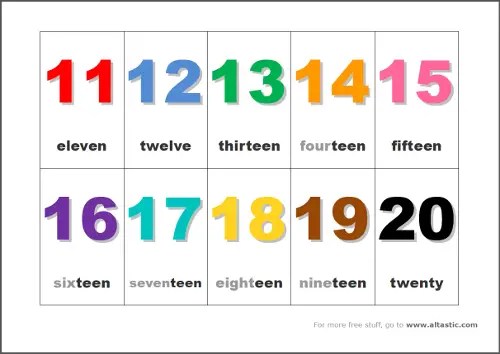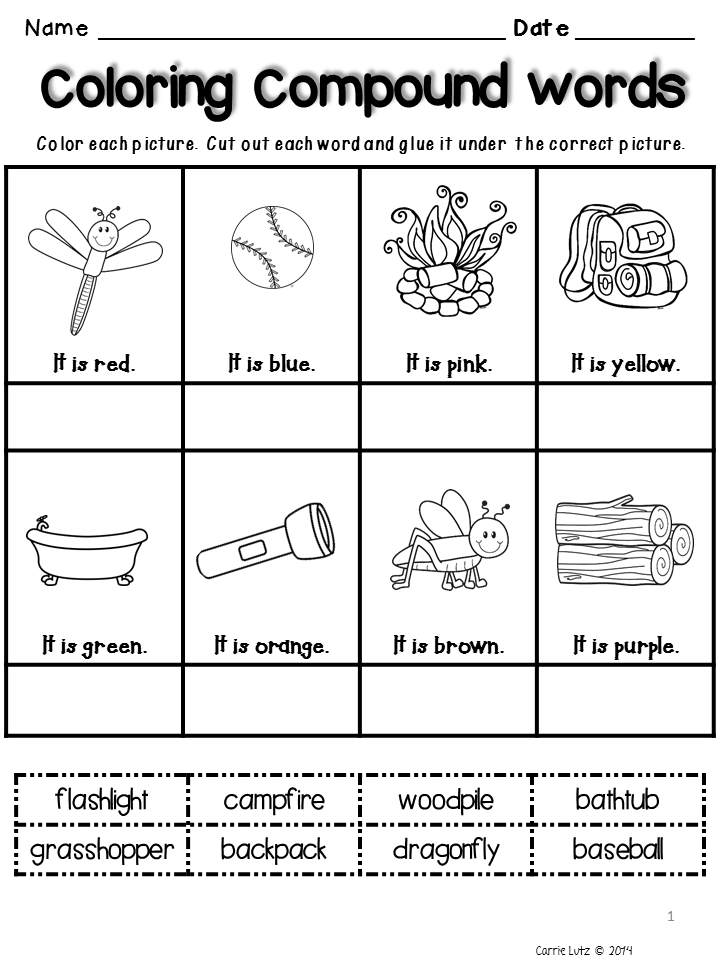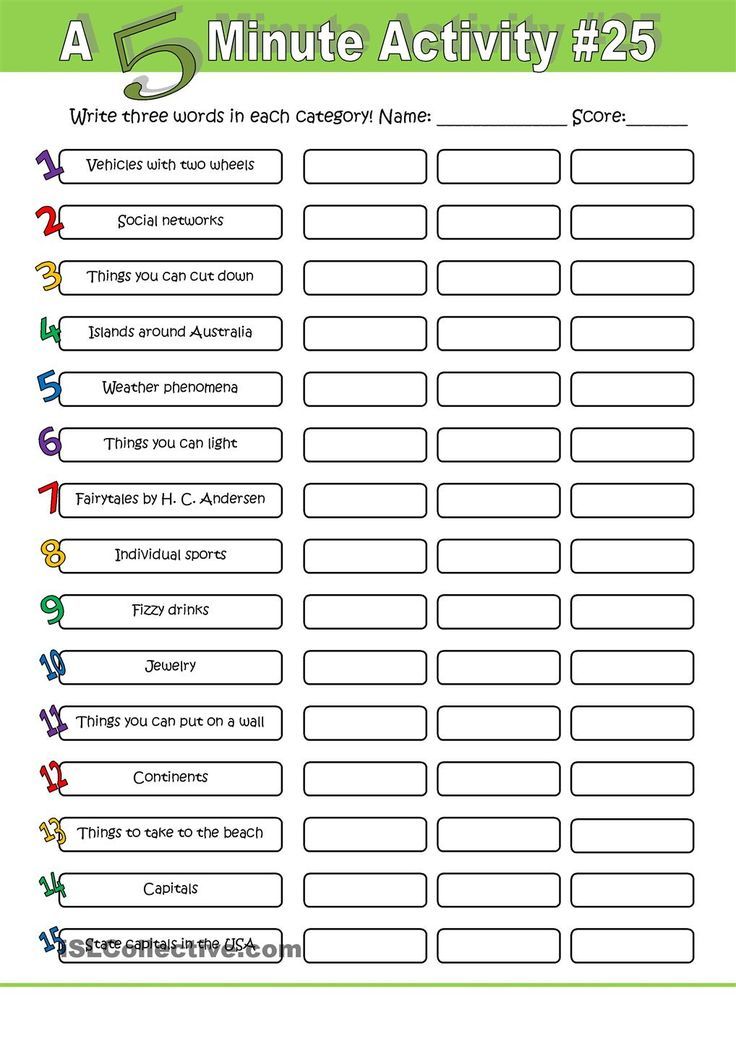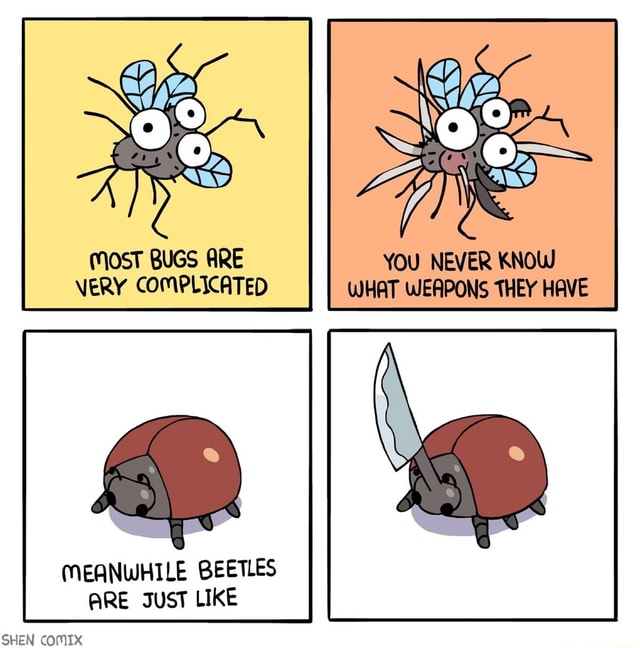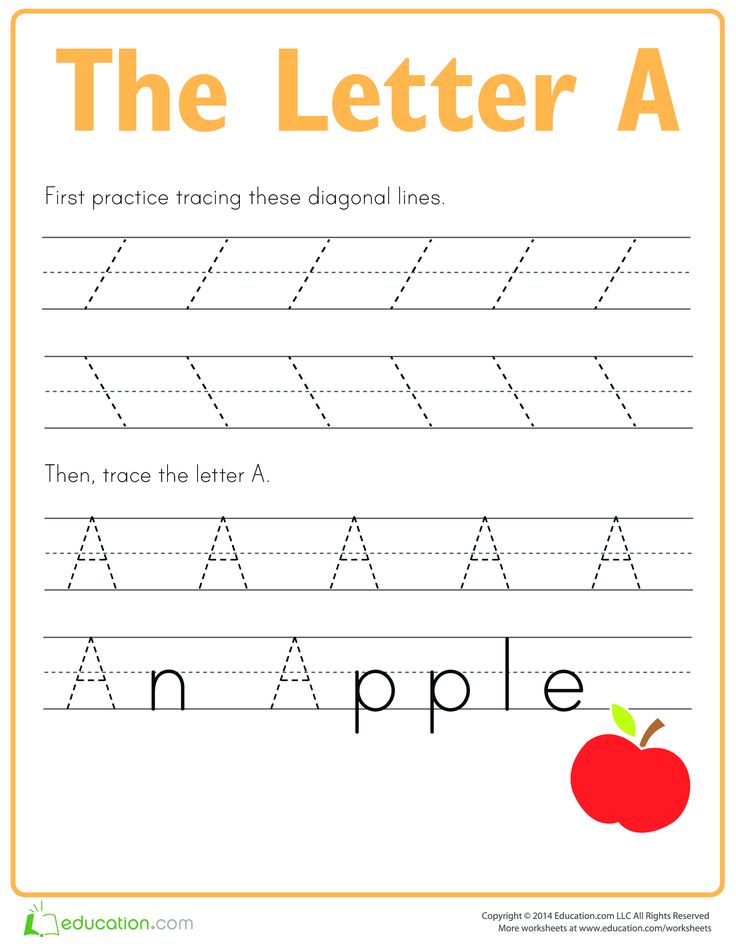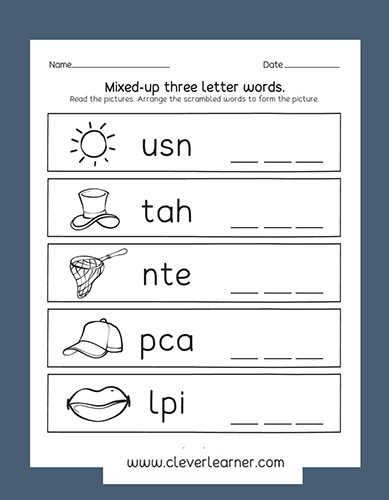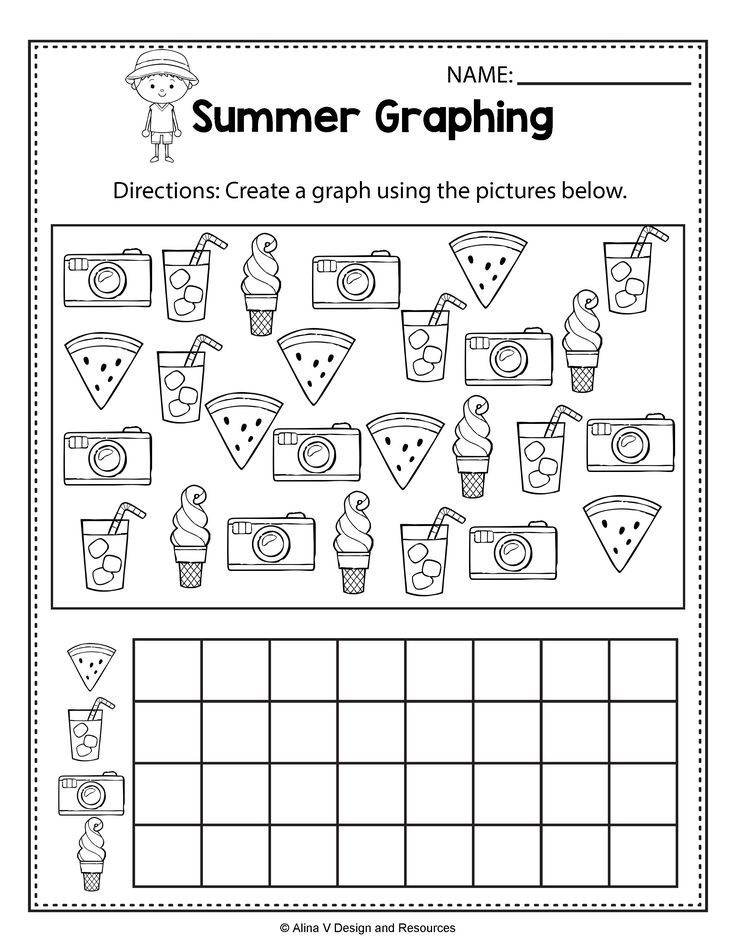See and learn numbers
See and Learn Numbers
Your Privacy on DSE sitesWe use cookies to provide essential functionality and to analyse how our sites are used.
Learn MoreSee and Learn Numbers is designed to help parents and educators teach children basic number skills and concepts.
See and Learn Numbers is designed to teach young children to count, to link numbers to quantity, to understand important concepts about the number system and to calculate with numbers up to 10. It also teaches early mathematical concepts important for understanding space, time and measurement - including color, size, shape, ordering, sorting and patterns.
See and Learn Numbers follows recommended, evidence-based practice in number and maths teaching for all children, with some adaptations to meet the learning needs of children with Down syndrome.
It teaches number skills in small steps, and provides many opportunities for practice to consolidate learning. Number concepts are presented with clear, visual representations. Teaching activities are designed to minimize distraction and reduce working memory and language demands to make it easier to focus on the learning tasks. See and Learn Numbers may also be helpful for other children for whom similar adaptations are beneficial.
See and Learn Numbers includes 3 steps:
- See and Learn First Counting - activities to teach children to say the number words, to recognize the numerals, to link quantities to numbers, to count, and to understand the concepts of cardinality and equivalence for the numbers 1 to 10
- See and Learn First Concepts - activities to teach children to about shapes, colors, sizes, ordering, comparing, sorting and sequences
- See and Learn First Sums - activities to teach children to add, subtract, multiply and divide with numbers and quantities from 1 to 10, and to understand the relative sizes of these numbers, ordinality and inversion
When to start
The first two steps in See and Learn Numbers are suitable for children who understand and can say (or sign) at least 100 words.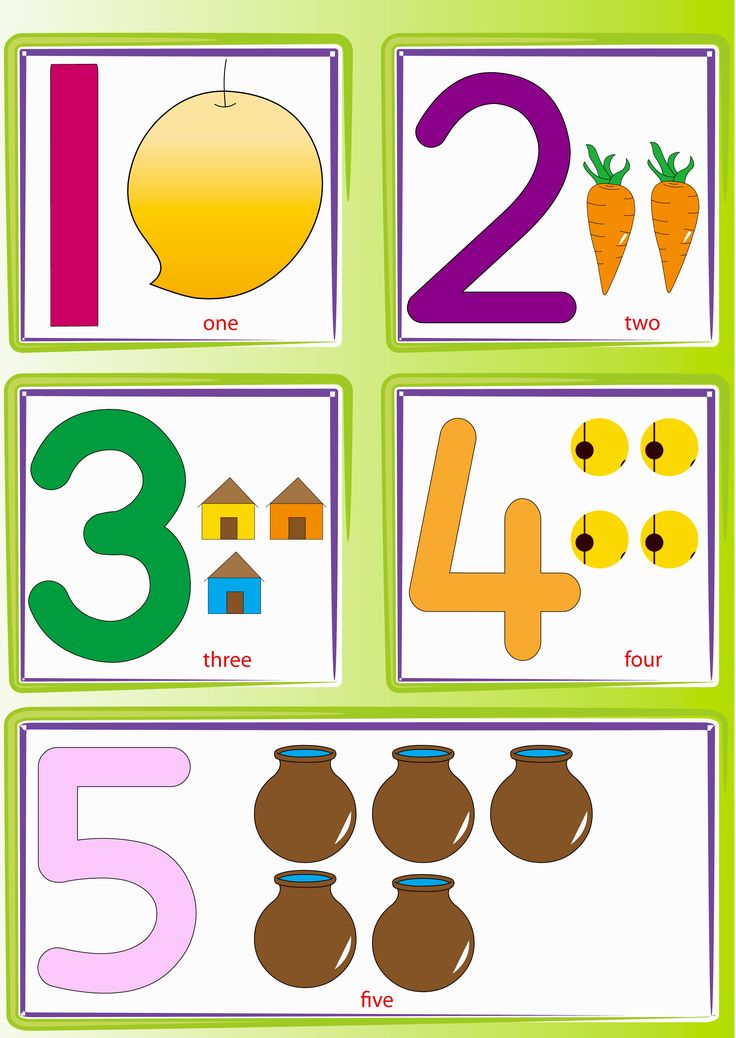 For many children with Down syndrome, this will be at around 3 or 4 years of age.
For many children with Down syndrome, this will be at around 3 or 4 years of age.
See and Learn Numbers is also suitable for older children who are still learning early number concepts, learning to count up to 10, and learning to add, subtract, multiply and divide with numbers and quantities from 1 to 10.
Apps, kits or both
Each step in See and Learn Numbers is available as an app and as a kit with printed materials and plastic counters . Kit components are also be available to purchase separately for parents and educators wishing to mix computer-based and hands-on teaching activities.
See and Learn First Counting is now available for iPads, and as a kit. Versions for Android tablets and Windows 10 devices will be released soon.
For home and school
See and Learn programs include step-by-step instructions, ready-to-use teaching materials, and all the information needed to understand and implement them. They are designed to be easy for parents to use at home and to be suitable for use in early intervention services, nurseries, preschools and schools.
They are designed to be easy for parents to use at home and to be suitable for use in early intervention services, nurseries, preschools and schools.
Working with other See and Learn programs
See and Learn Numbers can be used alongside See and Learn Speech , See and Learn Language and Reading and See and Learn Memory as children will be progressing in all these areas throughout childhood.
The development of See and Learn Numbers was generously supported by the Big Lottery Fund and The Rayne Foundation .
See and Learn Numbers
The design of See and Learn Numbers is informed by what is known about how typically developing children learn about numbers and early mathematics, and by our understanding of the development of number skills for children with Down syndrome.
Important foundations for understanding mathematics are established in the preschool years as children explore their physical world and start to learn to count. Young children begin to develop an understanding of shapes, sizes, positions, patterns and quantity in play and daily activities before they learn to count. When children begin to learn to count they can link what they have learned about quantity, size and position to help them understand the number system.
There is evidence that early experience with numbers is fundamental for acquiring more complex maths concepts and skills. For children with learning difficulties, additional early practice may be particularly important for establishing a secure foundation for developing later number and maths skills.
Learning early number skills
Learning to count and to calculate is a challenge for many children, not just those with identified learning difficulties.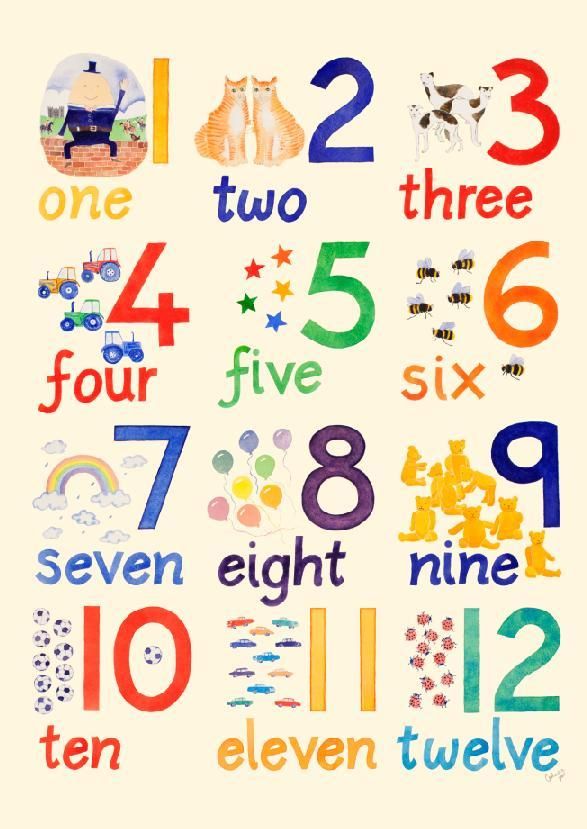
To master early maths skills, children must learn a number of basic procedures and concepts. Researchers have described these developmental steps in increasing detail in recent years[ 1-3 ] and this evidence informs current teaching recommendations in the UK and USA.[ 3-6 ]
These steps include:
- learning number words - learning to say the number word list - a list of words that must be kept in the correct order
- learning numerals - learning to link spoken number words to written numerals
- linking quantities to numbers - learning that number words and numerals represent quantities
- learning to count - using number words in the correct order to count objects
- learning "how many" - that we count to find out how many items we have and that when we count all of the items the last number word we say tells us how many
- learning the cardinal principle - learning to give a smaller quantity from a bigger set
- understanding equivalence - that if we share items evenly into two sets and then count the items in one set, this also tells us how many items are in the second set
- learning ordinality - that each number's position in the counting sequence is fixed and that each next number is one more equal unit
- understanding the uniqueness of numbers - that each number represents a specific quantity
- recognizing the relative sizes of numbers - for example, that 9 is bigger than 5 and that 4 is twice as big as 2
- learning quantity words and concepts and applying them to numbers - understanding the words used for the comparisons of sets - for example, same/different, more/less, bigger/smaller
- adding items using a count all strategy - for example, if calculating 5 + 2, counting out 5 blocks, counting out 2 blocks, and then counting all 7 blocks from 1 - "1, 2, 3, 4, 5, 6, 7"
- adding items using a count on strategy - for example, if calculating 5 + 2, counting out 5 blocks, counting out 2 blocks, and then counting on from 5 - "5, 6, 7"
- learning the inversion principle - that adding is the inverse of subtraction - for example, if you take away 2 and then add 2 back, then you have the same number of items you started with
Factors influencing progress
Research suggests that children's experiences of counting and number games at home influences progress.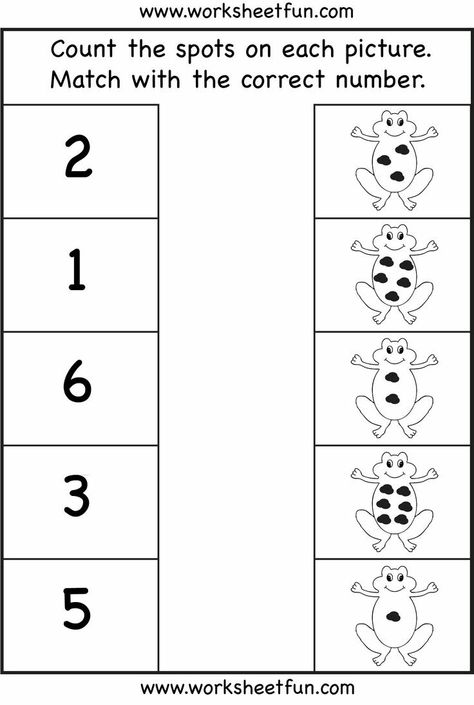 In particular, parents' number talk involving counting sets of objects with their children including sets larger than the child can count alone has been shown to accelerate children's understanding of cardinality.[ 7 ] Progress is also influenced by children's language, phonological awareness (ability to hear sounds in words), working memory, attention and motor skills.[see 8 ]
In particular, parents' number talk involving counting sets of objects with their children including sets larger than the child can count alone has been shown to accelerate children's understanding of cardinality.[ 7 ] Progress is also influenced by children's language, phonological awareness (ability to hear sounds in words), working memory, attention and motor skills.[see 8 ]
Intervention studies indicate a number of teaching strategies that help typically developing children learn more effectively, including the following:
- number and color words are learned faster when they are the last word spoken - for example, children learn the new concepts faster if we say "balls, there are two" rather than "there are two balls" and "the ball is red' rather than "it is a red ball"[ 9 ]
- playing a simple board game - a specific game with the numbers 1 to 10 can improve children's understanding of numbers, counting and addition[ 10 ]
- teaching children to count and calculate on their fingers in the preschool years can improve their early adding and subtracting skills in kindergarten[ 11 ]
- systematic daily teaching in small steps with repetition and practice can accelerate progress for children who are finding learning number difficult[ 12 ]
- computer games designed to teach children counting and cardinality can accelerate progress[ 13 ]
Evidence-based recommendations[ 3-6 ] also include:
- teaching counting using identical counters - at first using counters that are all the same size, shape and color
- presenting numbers and objects to be counted in a horizontal line
- teaching counting and cardinality with the numbers 1 to 5 first
- teaching number skills following developmental steps and recording progress - providing developmentally appropriate instruction for learning different skills based on the child's mastery of prerequisite skills, and recording progress to establish when to move on[ 6 ]
Number learning for children with Down syndrome
To date, there has been a relatively small amount of research looking at the number learning and maths achievements of children with Down syndrome.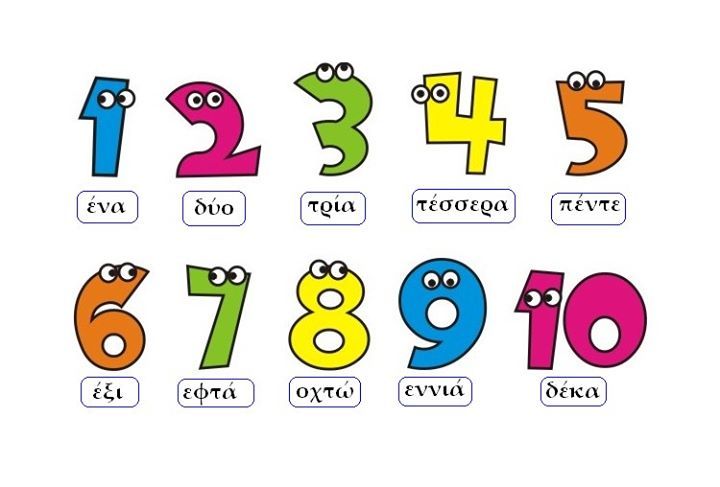 [ 14 , 15 ]
[ 14 , 15 ]
Surveys report that many (but not all) people with Down syndrome find counting and calculating difficult and these are the aspects of maths most studied. Many teenagers and adults have not mastered sufficient number skills to be able to work out change when using money or to calculate using numbers up to 100. However, most studies include only small samples with wide age ranges, and provide no information on the teaching provided. It is therefore difficult to draw reliable conclusions about the potential abilities of people with Down syndrome to learn number skills.
Children included in inclusive education tend to progress further than children in segregated education settings, and number learning is often more difficult than reading.[ 15 , 16 ]
There is some evidence to suggest that at the early stages of number development (learning to count and to understand cardinality to the stage of giving a smaller number from a larger set), children with Down syndrome can acquire similar skills to typically developing children at the same non-verbal mental age level. [ 17 ] This longitudinal study also reports that the children with Down syndrome had mastered a shorter number word list than the typically developing children with similar counting and cardinality abilities. Learning the number words in order will be affected by being able to say them and to remember the list - both areas of difficulty for children with Down syndrome.
[ 17 ] This longitudinal study also reports that the children with Down syndrome had mastered a shorter number word list than the typically developing children with similar counting and cardinality abilities. Learning the number words in order will be affected by being able to say them and to remember the list - both areas of difficulty for children with Down syndrome.
One study suggests computer-based instruction may be helpful.[ 18 ] Another study suggests that young children with Down syndrome may learn the written symbols for numbers (numerals) before they master reciting the number words, and that we should focus on understanding and using numbers 1 to 5 before moving on.[ 19 ]
There is no research looking in any detail at the next stages of number development. It is therefore not clear why many older children with Down syndrome seem to only acquire quite limited maths abilities.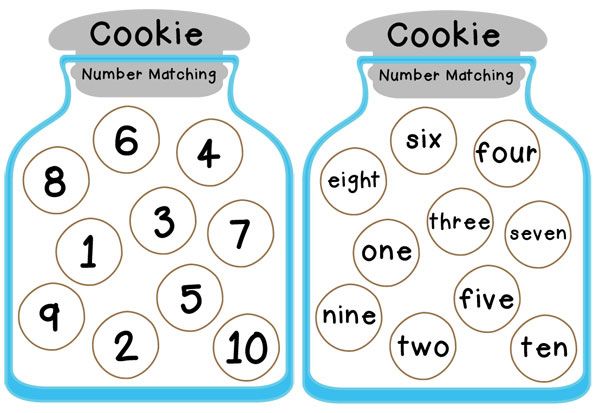 One possibility is that the early teaching they received did not ensure that they understood the basic concepts on which the development of later maths skills depend.
One possibility is that the early teaching they received did not ensure that they understood the basic concepts on which the development of later maths skills depend.
There have been some intervention studies examining the teaching of children with Down syndrome - mostly looking at counting - and these have been recently reviewed.[8] The reviewers conclude that the evidence suggests intervention may improve progress but there is insufficient data to inform precise guidelines beyond suggesting that teaching should take account of the children's profile of strengths and weaknesses.
At the present time, therefore, the evidence available suggests we should teach number skills to children with Down syndrome following an evidence-based developmental progression with adaptations for the particular difficulties that the children usually experience.
Learning early concepts
The maths curriculum in school includes geometry and measurement.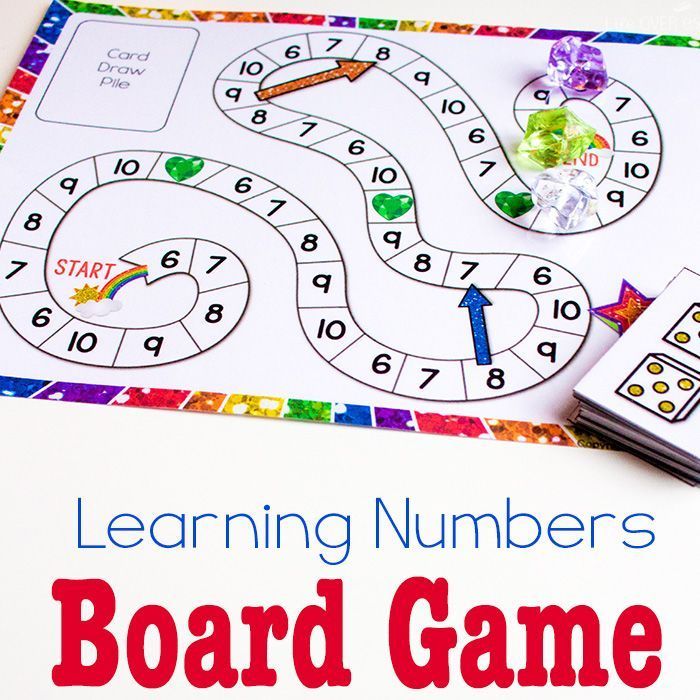 Children learn about size, shape, color, quantity, order and pattern in the early years through play and structured teaching.
Children learn about size, shape, color, quantity, order and pattern in the early years through play and structured teaching.
Attributes
Initially, children learn some basic attributes (characteristics) of objects, animals and people, including:
- size - big, little, tall, short
- shape - circle, square, triangle
- color - red, blue, green, yellow
Categories
Children then learn that size, color and shape are category words and that they can classify (sort or group) items based on an attribute such as color, shape or size. They then go on to learn more complex classification - sorting by 2 or more attributes (for example, big red, small red, big blue, small blue items)
Sequences and patterns
Young children also learn to make patterns and sequences. For example they learn to thread beads in a red, blue, red, blue, red, blue sequence or a more complicated red, blue, blue, red, blue, blue sequence.
For example they learn to thread beads in a red, blue, red, blue, red, blue sequence or a more complicated red, blue, blue, red, blue, blue sequence.
Comparisons
Children also learn concepts that are not fixed attributes of an item (such as color) but depend on comparisons between items. There are many important comparative concepts for quantity, size, order and position, including:
- quantity - same, more, less
- size - big, bigger, biggest, bigger than, smaller than
- order - first, second, third …last, before, after
- position - in, on, under, in front, behind, next to
These concepts are important for understanding numbers and calculations.
Learning concepts
There is little research into how children learn these basic concepts. There is a small amount of research examining how children learn about shapes and early geometry. This suggests that as children move beyond identifying the basic circle, square and equilateral triangle and begin to learn about quadrilaterals, rectangles, and a range of triangles, they progress in a developmental sequence and need to be taught to recognize the essential distinguishing features for each shape.[20]
There is no research we know of looking at how children with Down syndrome learn these concepts. Many will learn some of the simpler concepts for size, color, shape and position during the preschool years as they occur in the first 500 words that most children learn. However, most children will learn about the more difficult comparative concepts during their primary/elementary education.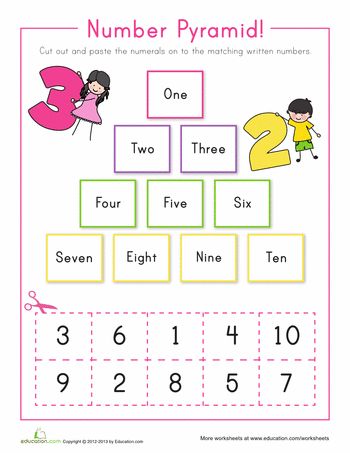
Teaching children with Down syndrome
While all children with Down syndrome experience learning difficulties and developmental delays, not all aspects of cognition and development are equally affected. In general, there is a pattern of relative developmental strengths and weaknesses that is common among young people with Down syndrome and which can inform more successful teaching approaches.
Some of the key developmental characteristics and adaptations to consider when teaching numbers skills are:
- hearing impairments and speech delays - likely to make it more difficult to discriminate and say all the sounds in number words
- language delay - may mean that children with Down syndrome need to be explicitly taught more of the vocabulary needed for number concepts
- verbal short-term memory difficulties - may make learning the number word list a significant challenge - this may be helped by using written numerals to provide visual prompts from the outset when learning number words and the counting sequence (therefore, earlier than is usual for typically developing children)
- motor delay - slower progress with fine finger and hand control may make pointing, picking up and moving objects while counting more difficult - large, light and easy-to-handle objects may be helpful
- attention and motivation - short activities, fast-paced sessions, and modeling and prompting for errorless learning are likely to help maintain the children's interest
- small steps and plenty of practice - regular activities and opportunities for repetition are likely to help to consolidate learning
- sign language - can help children struggling with speech to communicate while continuing to learn and practice spoken words
The design of See and Learn Numbers
We have designed See and Learn Numbers to follow the developmental progressions identified by research into number and maths learning and as recommended in good practice guidelines.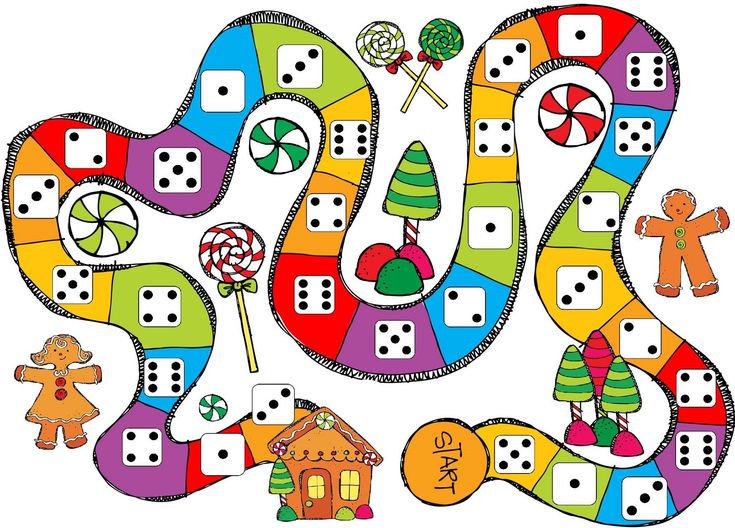 We have adapted teaching activities to accommodate the specific needs of children with Down syndrome. These adaptations and design features include:
We have adapted teaching activities to accommodate the specific needs of children with Down syndrome. These adaptations and design features include:
- small developmental steps - providing explicit instruction at each stage, starting with learning the number words and proceeding in small developmental steps through early number skills and concepts
- clearly-defined progression - keeping records of progress to determine when to move on and progressing when the prerequisite skills for the next step have been learned
- practice and repetition - activities that can hold attention and be regularly repeated
- clear and consistent visual representations - early use of written numerals, large black counters (kits) and simple black counters with distraction-free screens (apps), consistent horizontal 1-5 counter arrangement
- simplified language - minimal, clear spoken prompts with key words last, explicit vocabulary teaching
References
- Sarnecka, B.
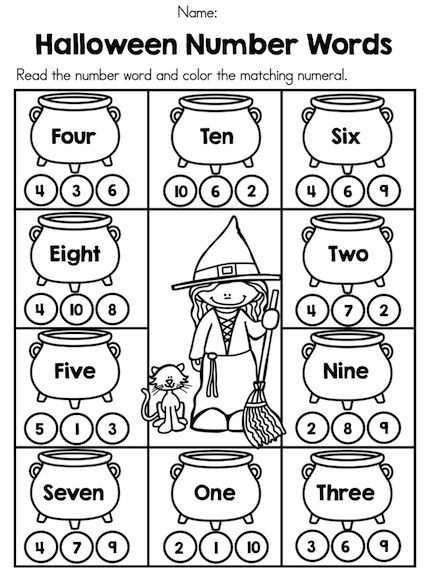 W. & Carey, S. (2008) How counting represents number: what children must learn and when they learn it. Cognition , 108, 662-674.
W. & Carey, S. (2008) How counting represents number: what children must learn and when they learn it. Cognition , 108, 662-674. - Sarnecka, B.W. & Wright (2013) The idea of exact number: children's understanding of cardinality and equinumerosity. Cognitive Science , 38 1-14.
- Nunes, T., Bryant, P. & Watson A. (2009) Key Understandings in Mathematics Learning. London: Nuffield Foundation . https://www.nuffieldfoundation.org/key-understandings-mathematics-learning
- Clements, D.H. & Sarama, J. (2009) Learning and Teaching Early Math: the learning trajectories approach . New York: Routledge.
- Krasa, N.
 & Shunkwiler, S. (2009) Number Sense and Number Nonsense . Baltimore: Brookes.
& Shunkwiler, S. (2009) Number Sense and Number Nonsense . Baltimore: Brookes. - Frye, D., Baroody, A. J., Burchinal, M., Carver, S. M., Jordan, N. C., & McDowell, J. (2013). Teaching math to young children: A practice guide (NCEE 2014-4005). Washington, DC: National Center for Education Evaluation and Regional Assistance (NCEE), Institute of Education Sciences, U.S. Department of Education. https://ies.ed.gov/ncee/wwc/PracticeGuide.aspx?sid=18
- Gunderson, E.A. & Levine, S.C. (2011) Some types of parent number talk count more than others: relations between parents' input and children's cardinal-number knowledge. Developmental Science. 14, 1021-1032
- Lemons, C.J., Powell, S.R., King, S.A., & Davidson, K.
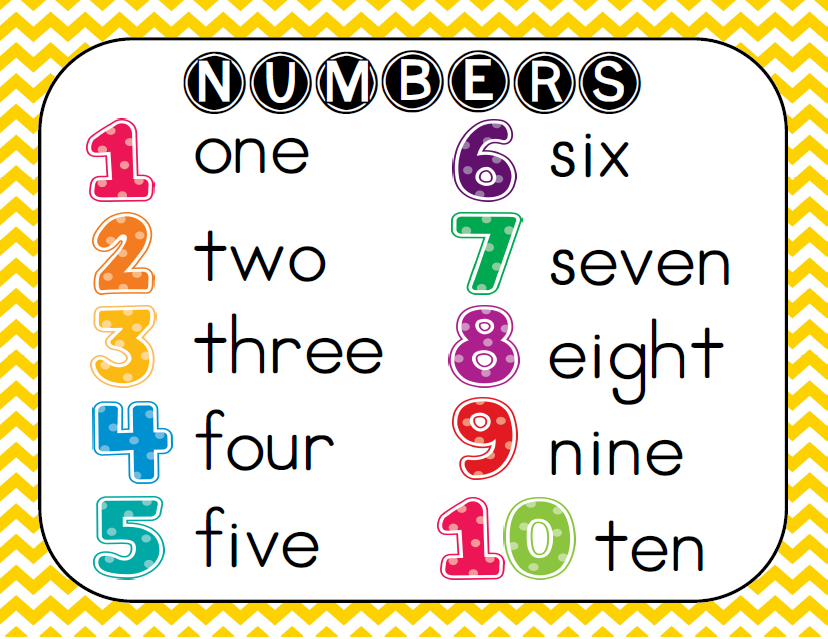 A. (2015) Mathematics interventions for children and adolescents with Down syndrome: a research synthesis. Journal of Intellectual Disability Research. doi:10.1111/jir.12188
A. (2015) Mathematics interventions for children and adolescents with Down syndrome: a research synthesis. Journal of Intellectual Disability Research. doi:10.1111/jir.12188 - Ramscar, M., Dye, M., Popick, H.M. & O'Donnell-McCarthy. (2011) The enigma of number: why children find the meanings of even small number words hard to learn and how we can help them do better. Plos One , 6 e22501.
- Ramani G.B. & Siegler, R. S. (2011) Reducing the gap in numerical knowledge between low- and middle-income pre-schoolers. Journal of Applied Developmental Psychology . 32, 146-159.
- Jordan, N.C., Kaplan, D. Ramineni, C & Locuniak, M.N. (2008) Development of number combination skill in the early school years: when do fingers help? Developmental Science .
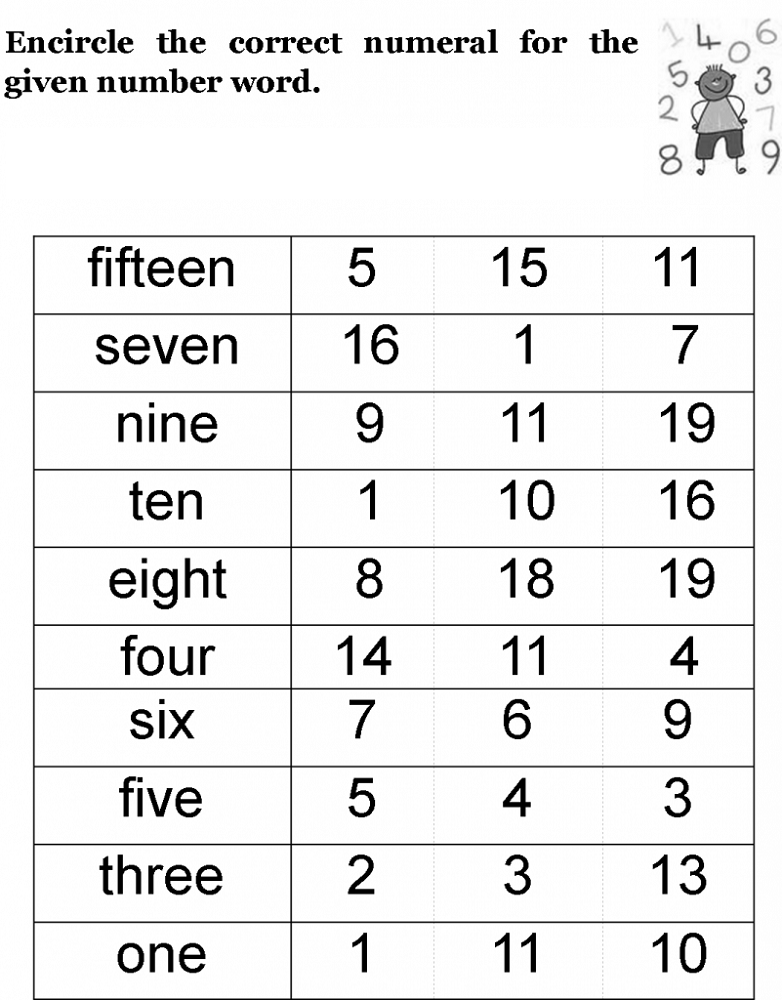 11, 662-668.
11, 662-668. - Bryant, D.P., Bryant, B.R., Roberts, G., Vaughn, S. Pfannenstiel, K.H., Porterfield, J. & Gersten, R. (2011) Early numeracy intervention program for first-grade students with mathematical difficulties. Exceptional Children . 78, 7-23.
- Praet, M. & Desoete, A. (2014) Enhancing young children's arithmetic skills through non-intensive, computerised kindergarten interventions. Teacher and Teacher Education , 39, 56-65.
- Faragher, R. & Clarke, B. (2014) Mathematics profiles of the learner with Down syndrome. In R. Faragher & B, Clarke (Eds.) Educating Learners with Down syndrome . pp 119-145. Oxford: Routledge.
- Brigstocke, S., Hulme, C.
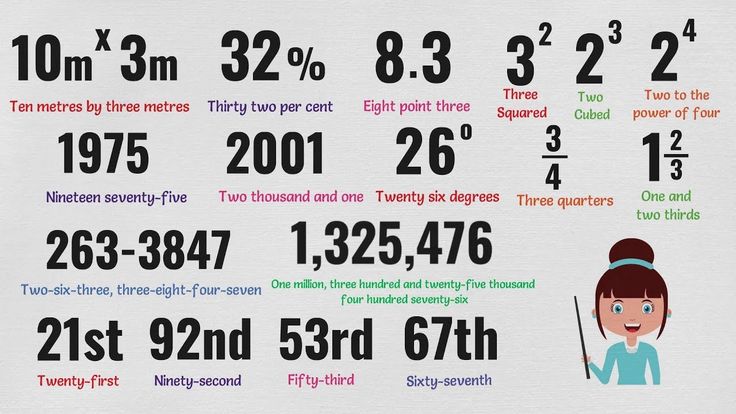 & Nye, J. (2008) Number and Arithmetic skills in children with Down syndrome. Down Syndrome Research and Practice . https://library.down-syndrome.org/reviews/2070/
& Nye, J. (2008) Number and Arithmetic skills in children with Down syndrome. Down Syndrome Research and Practice . https://library.down-syndrome.org/reviews/2070/ - de Graaf, G, van Hove, G. & Haveman, M. (2013) More academics in regular schools? The effect of regular versus special school placement on academic skills in Dutch primary school students with Down syndrome. Journal of Intellectual Disability Research , 57, 23-38.
- Nye, J. Fluck, M. & Buckley, S. (2001) Counting and cardinal understanding in children with Down syndrome and typically developing children. Down Syndrome Research and Practice , 7, 68-78. https://library.down-syndrome.org/reports/116/
- Ortega-Tudela, J.
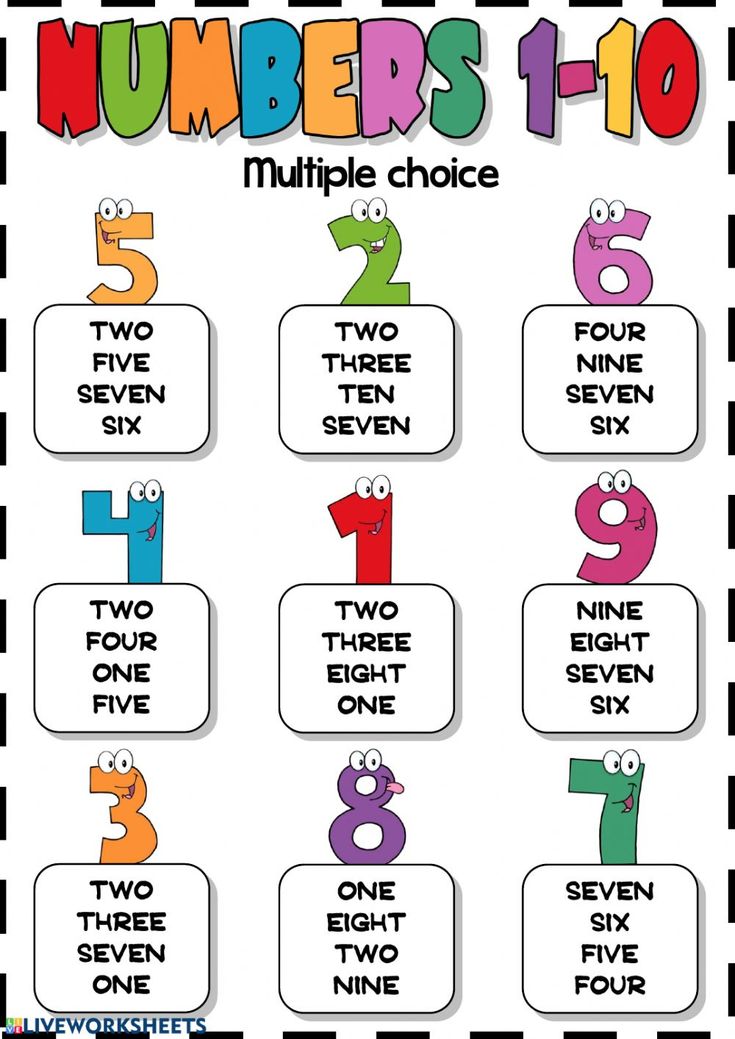 M. & Gomez-Ariza, C.J. (2006) Computer-assisted teaching and mathematical learning in children with Down syndrome. Journal of Computer Assisted Learning , 22, 298-307.
M. & Gomez-Ariza, C.J. (2006) Computer-assisted teaching and mathematical learning in children with Down syndrome. Journal of Computer Assisted Learning , 22, 298-307. - Faragher, R. & Clarke, B. (2014) Developing early number concepts for children with Down syndrome. In R. Faragher & B, Clarke (Eds.) Educating Learners with Down syndrome . pp 146-162. Oxford:Routledge.
- Clements, D.H. & Sarama, J. (2000) Young children's ideas about geometric shapes. Teaching Children Mathematics , 6, 482-88.
The development of See and Learn Numbers was generously supported by the Big Lottery Fund and The Rayne Foundation .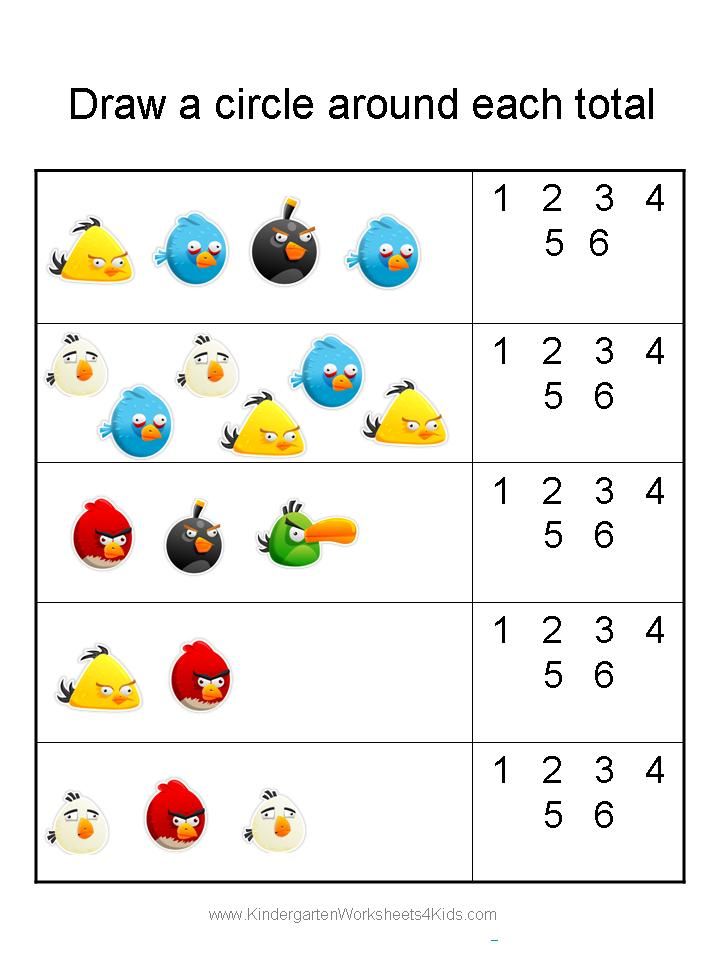
Luck calculator: how to calculate "lucky days" and see the signs of fate in numbers
Are you planning an important event: a wedding, signing an important deal, a major purchase - and want everything to go perfectly? Then do not forget to choose the right date. According to numerologist Kristina Egiazarova, every day, depending on its number, carries a certain energy and message for us. Together with an expert, we learn to calculate our personal number of the day so that we can always do everything at the right time.
To calculate what a particular day is preparing, you need to compare the numerology of your date of birth ( read also: “Fate Numbers: What Your Date of Birth Says”) and the day you need. The numerology of the date of birth is considered to be the addition of all the numbers of the date and bringing it to a prime number. For example, the date of birth is 03/01/1985.
- Add: 0+1+0+3+1+9+8+5=27
- Next: 2+7=9
- That is, your lucky number is 9.
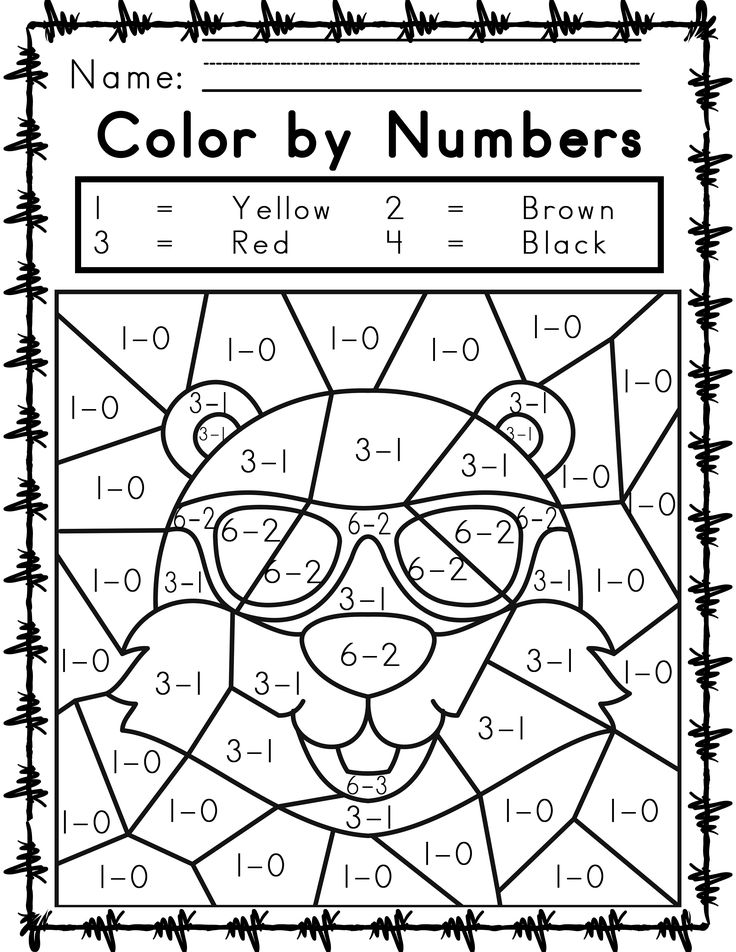
Now we calculate the number of the day when an important event for you is scheduled. For example, 15.09.2020.
- Add: 1+5+0+9+2+0+2+0=19
- Next: 1+9=10, 1+0=1
Calculate the total numerology of the resulting numbers. We add up our lucky number and the number of a particular day, bringing it to a single digit: 9+1=10, 1+0=1. Now we are looking for a decoding of the resulting figure.
1 - on this day you can solve problems, implement plans, conclude contracts. Any steps that lead you to your goal will bring success!
2 - time to take your time and make informed decisions. You can expect drastic changes: from good to bad and vice versa. It is important not to commit risky acts and weigh everything well.
3 - on this day you can safely take on something new, start cooperation and complete old things. But no plans of revenge on this day. Any conflicts must be avoided.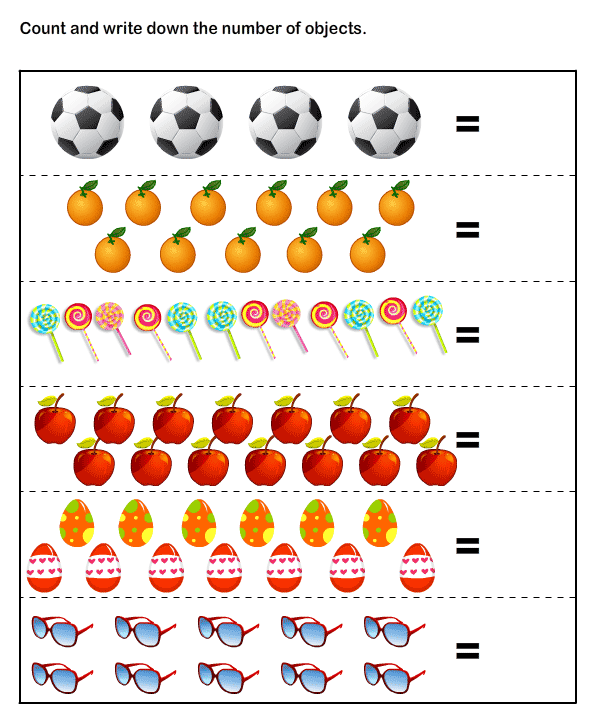
4 - a calm day for routine matters. No need to rush and run. It's better to be alone with yourself. Starting something new on this day is not worth it.
5 - but this day is for risk and happy accidents! Time for new meetings, trips, harvesting for those who have worked hard and are waiting for a result. Feel free to rely on your intuition, it will not let you down.
6 - a day of goodness and comfort. This is a day for communication with old friends, charity, forgiveness of grievances and settlement of old conflicts. It is better not to build new plans, instead it is better to communicate with relatives and friends.
7 - time for study and experimentation. Feel free to start learning or make discoveries. A day of happiness, when you need to do what brings joy. Intuition works to the fullest.
8 - important things are done on this day and radical decisions are made.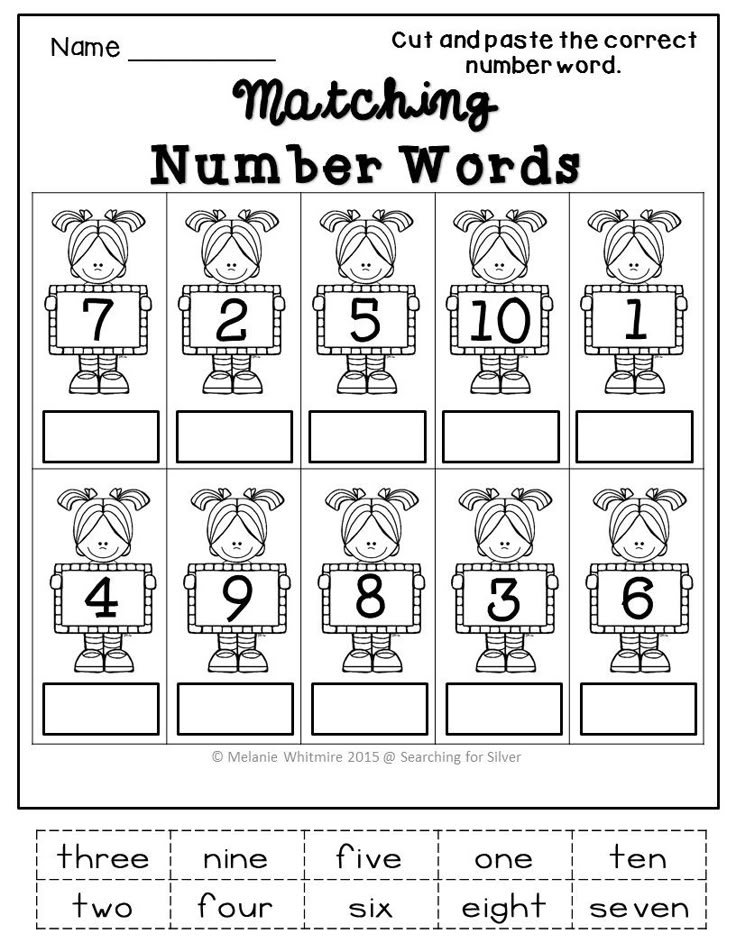 He is very successful and productive. You can take risks, solve complex problems, go to new countries.
He is very successful and productive. You can take risks, solve complex problems, go to new countries.
9 - time of triumph! Success and luck accompany your endeavors. You can safely talk about your undertakings, everything will come true! Great day for creative people.
As Kristina Egiazarova assures, you should not divide the numbers into lucky and unlucky. “Each number carries some information. It simply tells us how best to act, and what should be abandoned. These are the numbers on specific days. The Universe can signal something to us if, for example, we constantly see some one and the same number or a number with repeating digits. This is always a warning for us,” says the expert.
The same numbers that suddenly caught your eye, according to the numerologist, always mean something. You need to be able to correctly decipher this message.
For example, you noticed the number plate of a car passing by, or suddenly came across an inscription with the same 444 .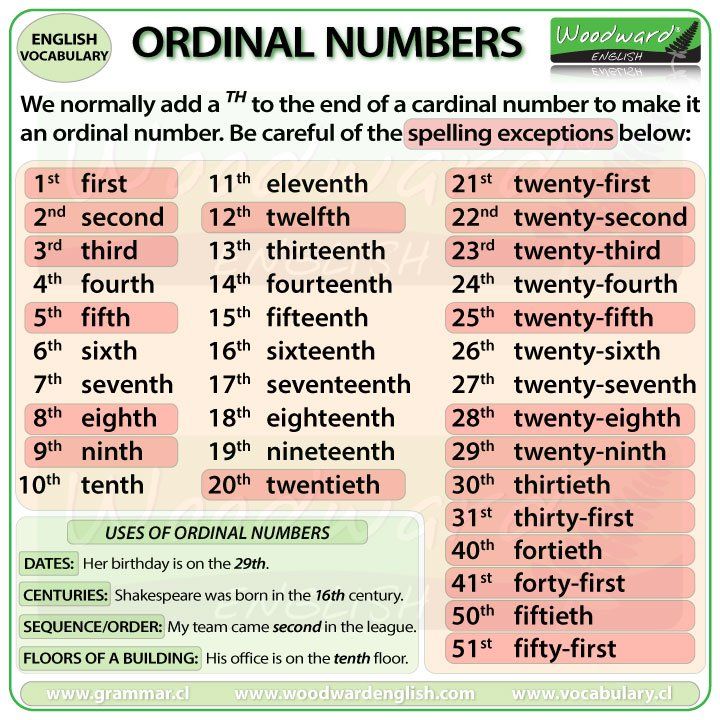 This is a sign that the angels are surrounding you, assuring you of their love and help.
This is a sign that the angels are surrounding you, assuring you of their love and help.
Very good sign, see 777 . And 888 and 999 are symbols of something ending: either your relationship has come to an end, or you are on the verge of a new round in your life cycle. 222 helps in reality to realize all the ideas of a person. 333 helps creative realization.
“In order for you to be lucky more often and have good luck in business, you should try to surround yourself with numbers where there would be as much of your golden number associated with the date of birth as possible. Then it will help, - the numerologist advises. “Try to have the number of fate included in the dates of important events for you, surround you in the numbers of cars, apartments, and so on.”
Photo: Getty Images
Marie Claire Editorial
Readers today
An important fact about her life that Meghan Markle “forgot” in America (and Harry won’t like it)
Why Kate was able to control the press, but Meghan and Diana were not
Never forgive: 7 phrases for which the child will hate you all my life
Without makeup and in a towel: what Meghan Markle really looks like in real life - photos in which she is unrecognizable
Duchess photographer: the best shots taken by Kate Middleton
birth - Women's magazine "GOLD"
Numerologist told how to correctly calculate your Destiny Number by date of birth, understand yourself better and live in harmony with yourself in life.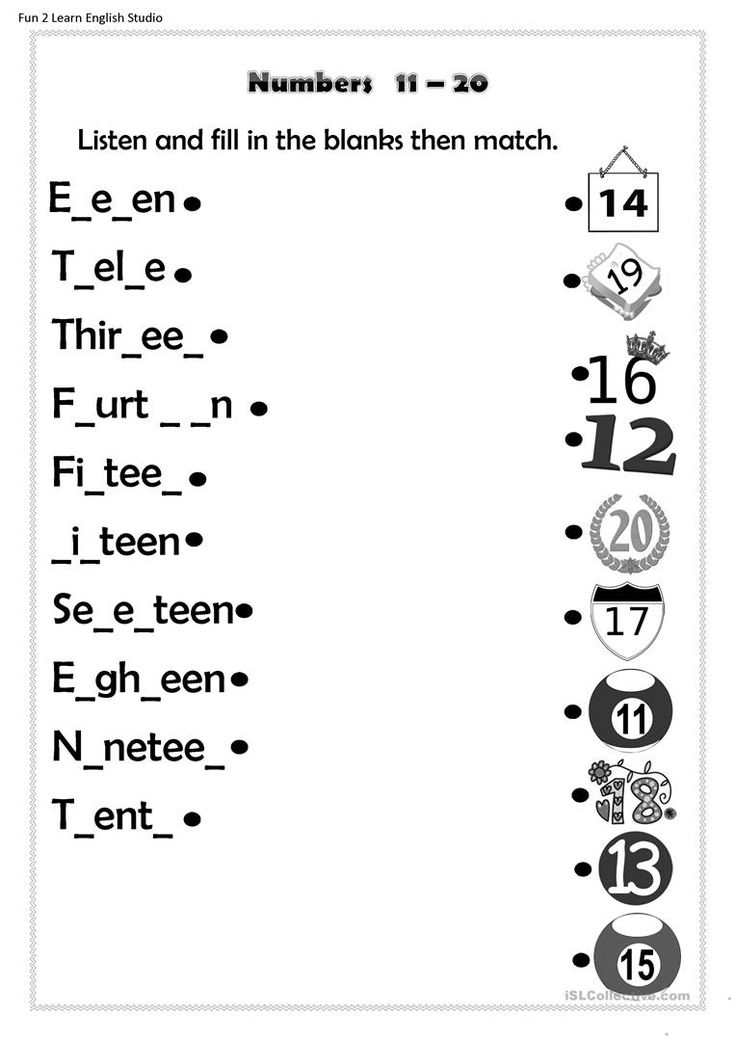 We learned how to calculate it correctly - and live in harmony with ourselves.
We learned how to calculate it correctly - and live in harmony with ourselves.
Share:
How to calculate your Destiny number
The set of numbers in the date of birth is not accidental. If the astrological horoscope is based on the position of the stars in the sky on the day and hour of birth, then numerology calculates a unique code hidden in the date. You can find out your personal Destiny Number by elementary addition - just sum up all the digits of your date of birth until you get one simple (single-digit) number.
View this pendant >>>
For example, take the date 10/08/1988. Summing up the numbers: 0+8+1+0+1+9+8+8 = 35 = 3+5 = 8. Thus, the sacred number for a person born on this day is 8.
See also: Decoration that will bring good luck to your zodiac sign >>>
The number of fate tells about the nature of a person, his destiny and abilities.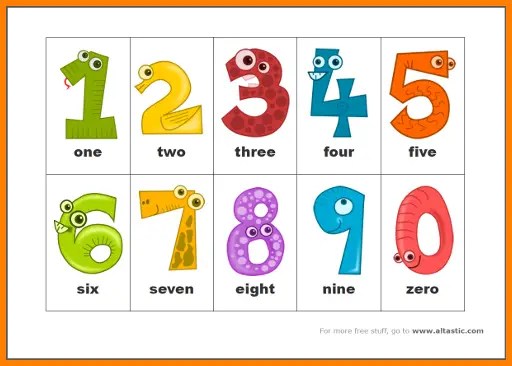 It also contains a life lesson to be learned. If you have already calculated your Number, read its value below.
It also contains a life lesson to be learned. If you have already calculated your Number, read its value below.
Fate numbers
Number of fate 1
View these earrings >>>
Qualities of the number: Strength, perseverance, impulsiveness
9000 9000 9000 9000 GURNITER Number stone: amber
People of this number are real innovators by nature. They are constantly looking for new ideas and ways to implement them. Such people know how to motivate, inspire and take responsibility.
See also: Star Forecast 2023 - the main astrological events of the year >>>
They are also very generous and constantly endow those around them with their warmth and care, sometimes even to the detriment of themselves. They are always ready to support a person in difficult times. And perseverance, determination and self-confidence allow them to take the place of a leader in society.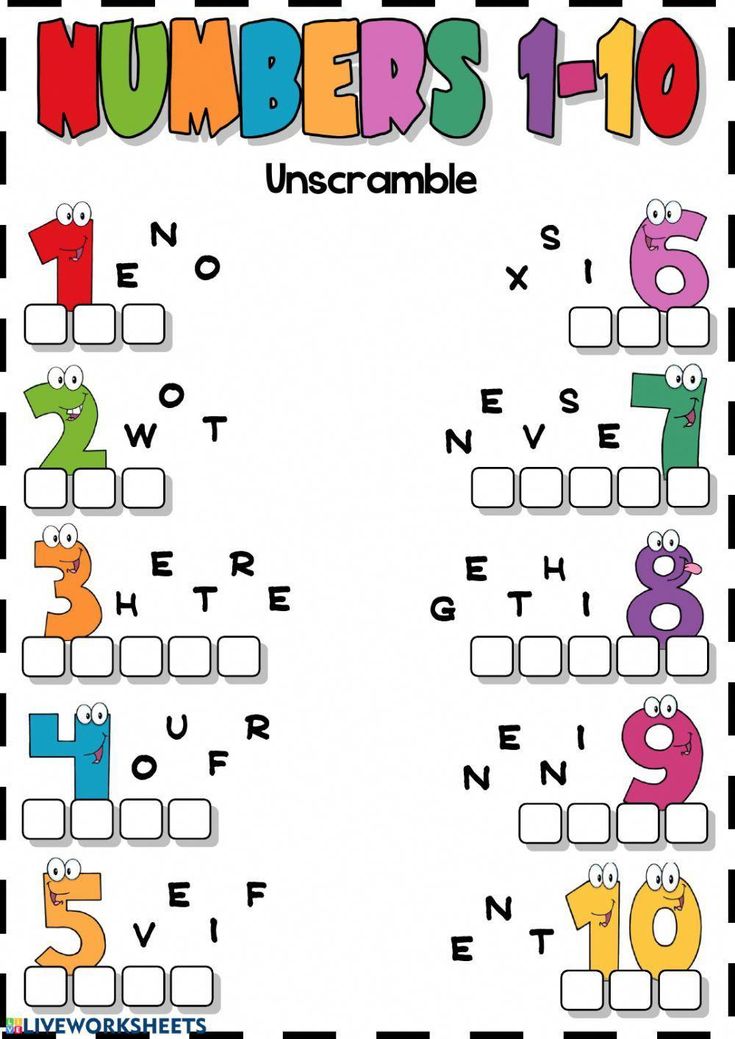
Destiny number 2
View these earrings >>>
Qualities of number: sociability, sociability, intuition
Calling number: diplomat They are sociable, patient and perfectly find a common language with completely different people, moreover, they have the ability to see a person through and through.
See also: Your talisman for 2023 is a jewelry horoscope >>>
They say about such people – “feels people”. In this "twos" naturally developed intuition helps. With excellent communication skills, they easily find themselves in the field of working with people. But at the same time, mood swings and even capriciousness are inherent in them.
Destiny number 3
View these earrings >>>
Number qualities: energy, discipline, self-confidence
0006 creator
Stone number: sapphire
This person can rightfully be called the most active, enterprising and full of vital energy.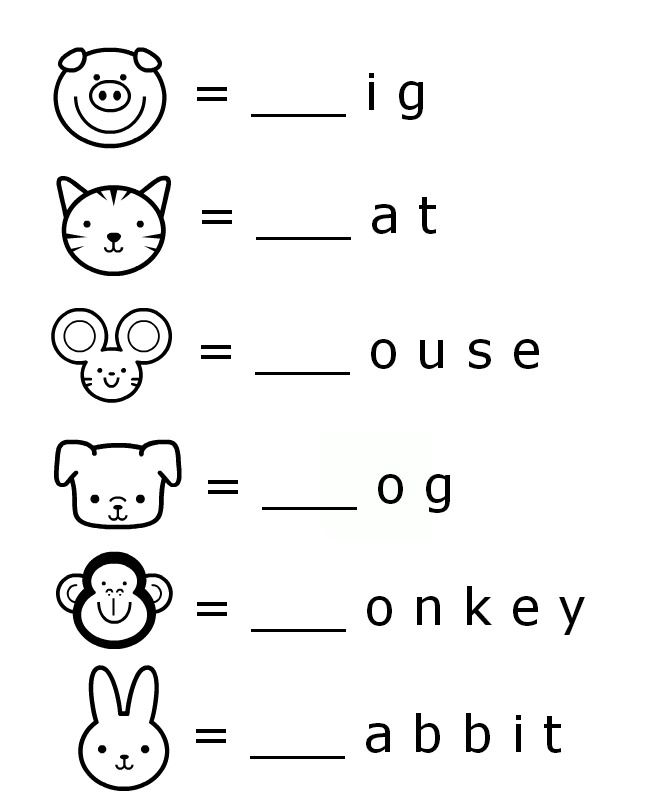 It contains the trinity of character, soul and body. Such people cannot sit still and are able to perform a large amount of work. Their energy and mobility often inspire others to productive activities.
It contains the trinity of character, soul and body. Such people cannot sit still and are able to perform a large amount of work. Their energy and mobility often inspire others to productive activities.
See also: Chinese horoscope 2023 – what the Year of the Rabbit will bring >>>
They know how and love to learn, striking with their inner discipline. They are distinguished by a craving for self-development and are able to absorb new knowledge throughout their lives. Usually they direct their energy and dynamism into a creative channel.
Destiny number 4
View these earrings >>>0158 Number stone: garnet
Four cardinal directions and four elements fill this meaning. People of this number are endowed with firmness and stability, they are always focused on the result. Their organizational skills help to make any dreams come true.
See also: Money magnets 2023 - talismans that will attract good luck in finance >>>
Thanks to their excellent oratory skills, they easily win the trust of a large number of people.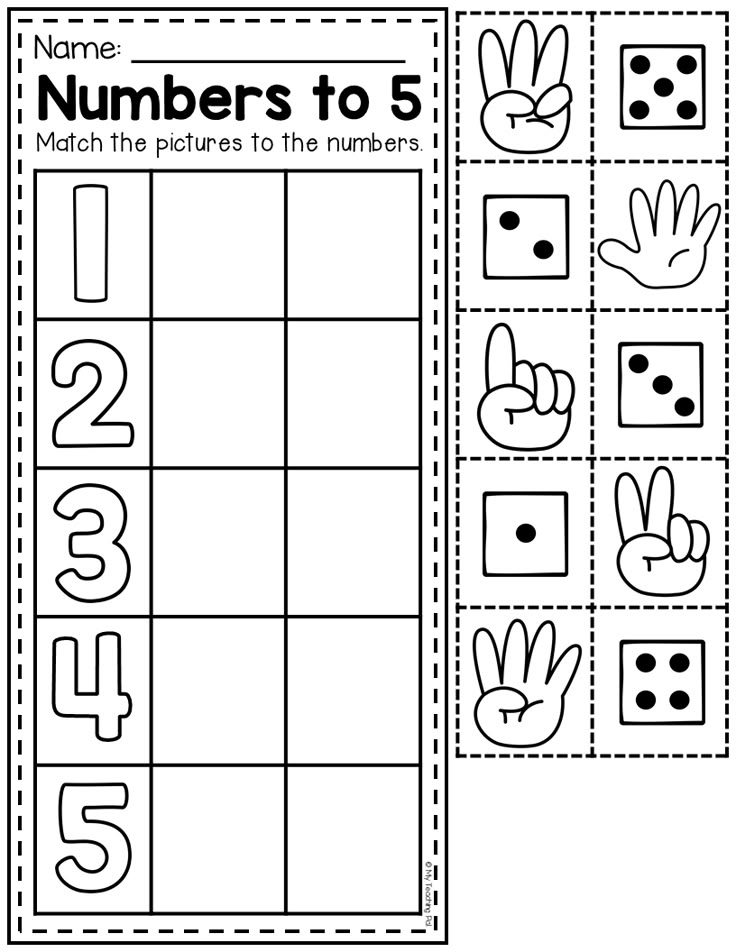 They are able to represent and defend the interests of the team or the whole enterprise.
They are able to represent and defend the interests of the team or the whole enterprise.
Number of fate 5
View these earrings >>>
Qualities of the number: Currency, Lightness, internal freedom
Summary Number: Researcher
Topaz stone:
All representatives of this number are gifted with significant talents from birth. It is their innate abilities that contribute to the search for a suitable niche for self-expression, sometimes the most unexpected. In order to discover their vocation, they should not limit themselves in the freedom of action and thought.
Read also: How to choose a love talisman - astrologer's advice >>>
Often they become real pioneers. Such people are easy-going, eager to explore the world and love to travel. Their activities are often associated with constant movements.
Destiny number 6
View these earrings >>>
Number qualities: justice, responsibility, striving for harmony
Calling number: social worker
Your stone: chrysolite
Six is the perfect form in nature, reflecting stability, idyll and harmony.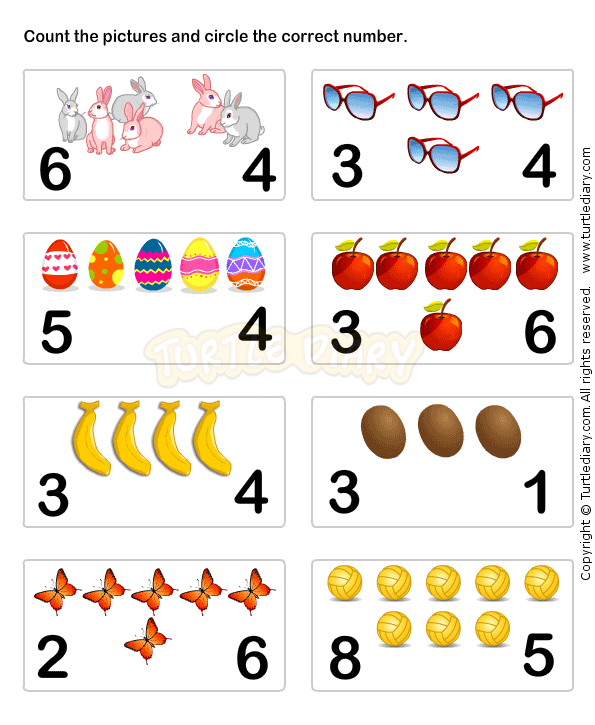 This is the basis of the personality of the representatives of this number. They are always responsible, conscientious and have a heightened sense of justice.
This is the basis of the personality of the representatives of this number. They are always responsible, conscientious and have a heightened sense of justice.
Which stone will be your talisman? – take our test and find out >>>
These people are responsive, lovingly and understandingly treat any requests for help. Usually they set themselves the goal of protecting the public interest, forgetting about their own. It is important that in constant concern for those around them, their potential talents do not remain undiscovered.
Destiny number 7
View these earrings >>>
Qualities of number: curiosity, prudence, intelligence
0006 scientist
Stone number: onyx
The spiritual and material worlds merge in the seven, forming perfection and integrity. As a rule, this number includes very reasonable, resourceful and inquisitive people.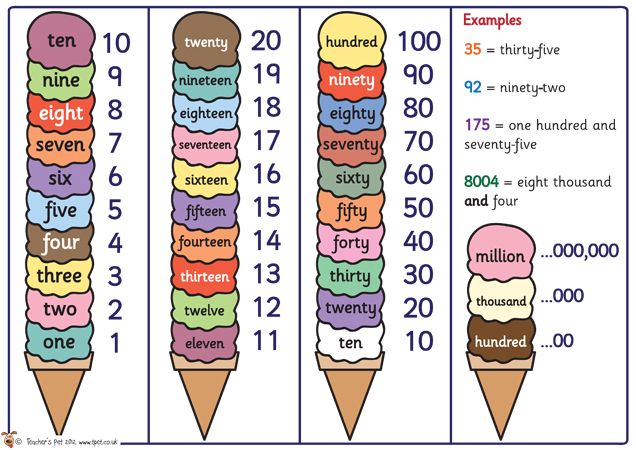 Such people have the flexibility of thinking, firmness of spirit and the ability to eliminate ambiguities.
Such people have the flexibility of thinking, firmness of spirit and the ability to eliminate ambiguities.
See also: Year of the Rabbit - amulets that will bring good luck in 2023 >>>
Usually they are attracted to areas of activity that require high intellectual abilities. By nature, he is a man of knowledge. He seeks to comprehend and find answers to the questions of the world around him.
Number of fate 8
View these earrings >>>
Qualities of the number: Strength, Endurance, Rivalry
Number Viter: Winter
The number under the sign of infinity gives its owners strength of mind and confidence. Such people in any field of activity want to achieve the best results and be the first. Even in the most difficult situations, they do not allow themselves to give up. Their main qualities are concentration and composure.
See also: Big horoscope for 2023 - love, health and money >>>
People of this number go to their goal until they exhaust all possible options.